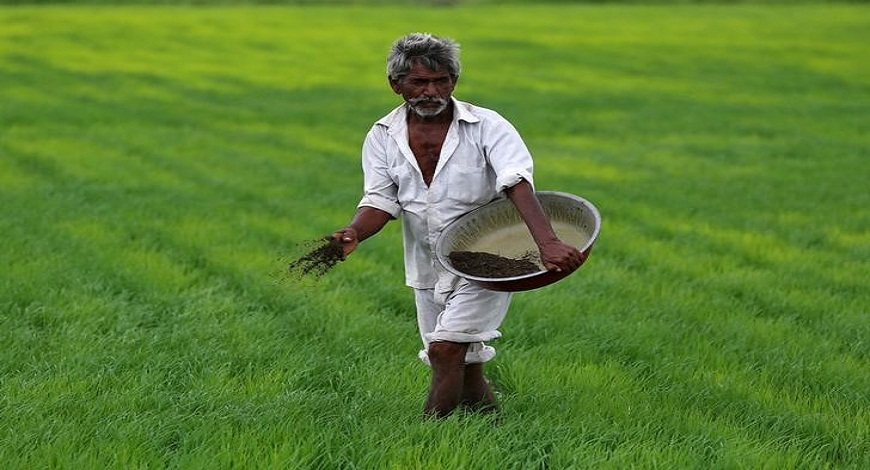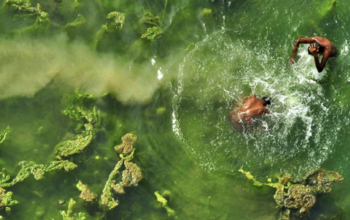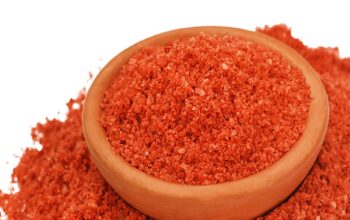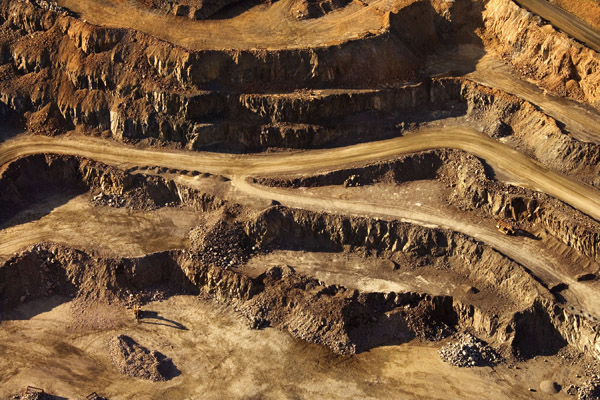Potash is a potassium-bearing nutrient, an impure combination of potassium carbonate and potassium salt, which is essential for growing healthy, high-yield crops. Potash is one of the three key plant nutrients in agriculture, namely Nitrogen (N), Phosphorous (P) and Potassium (K). Nitrogen is essential in the formation of protein, and protein makes up much of the tissues of most living things, while phosphorus is linked to a plant’s ability to use and store energy, including the process of photosynthesis. Then potassium is used to strengthen plants’ abilities to resist disease and plays an important role in increasing crop yields and overall quality. But the substance also protects the plant when the weather is cold or dry, strengthening its root system and preventing wilt.
Fertiliser potassium is sometimes called “potash”, a term that comes from an early production technique where potassium was leached from wood ashes and concentrated by evaporating the leachate in large iron pots (“pot-ash”). And why potash is vital to crop growth? Potash is the name for the group of minerals that provide potassium for plant growth. With 90-95% of potash being used as fertiliser for crop production in agriculture, its most common type of potash is Muriate of Potash (MoP) which is used to maintain soil fertility and improve plant health. Potassium is known as the ‘Quality Nutrient’ owing to its important effects on the plants’ size, shape, colour, taste, shelf life, fibre and other quality-related measurements.
Potassium, a silvery-white metal, is the seventh most abundant and makes up about 2.4% by weight of the earth’s crust. Most potassium minerals are insoluble and the metal is obtained from them only with great difficulty. Certain minerals, such as sylvite, polyhalite, langbeinite and carnallite, are found in ancient lake and sea beds and form rather extensive deposits from which potassium and its salts can readily be obtained. Apart from traditional mining of potash in the United States, Germany, Belarus, Russia or China, deposits of potash, found at a depth of some 3000 ft in Saskatchewan, Canada, promise to be increasingly important in the coming years. Potassium is also found in the ocean, but is present only in relatively small amounts, compared to sodium.
For those looking to invest in the potash market, it is important to understand the five deposit forms of potash and the different uses for each variation of the mineral. The five kinds of potash that market participants should have on their radar are sylvite, polyhalite, langbeinite, carnallite and nitrate, with the first three being the largest market segments.
SYLVITE —- The “regular potash” is used by companies to refer to sylvite, which is the mineral name for potassium chloride (KCl). Representing 86% of the whole potash market, sylvite is the most common form of potash, whose largest-known deposits are found in Devonian evaporite basins in Saskatchewan, Canada, but there are also massive deposits in the United States. KCl is also known as muriate of potash (MOP). MOP is the most commonly used fertilizer, and is particularly helpful for chloride-loving vegetables such as sugar beets, corn, celery and Swiss chard. It can be beneficial for soil that is low in chloride, building the plants’ disease resistance. MOP accounts for the largest potash market, with production of over 61 million tonnes per year. As far as pricing is concerned, MOP is the standard price that investors see quoted most often.
POLYHALITE —- But some farmers, and especially those growing some kinds of fruits and vegetables, choose to use polyhalite instead of MOP. This is because polyhalite, a potash mineral that contains the key nutrients potassium and sulfur, but not chloride, which is toxic to some fruits and vegetables. Polyhalite is known as sulfate of potash (SOP), and is the second most commonly used form of potash, representing 9% of market volume. SOP makes plants more resilient to drought, frost, insects and even disease, which in turn improves plant quality and crop yields. SOP can also improve the look and taste of foods and can improve a plant’s ability to absorb essential nutrients like phosphorus and iron. Since SOP is not a naturally occurring mineral, it must usually be produced through chemical methods. Because of the resource-intensive processes used to create it, SOP fetches a significant premium over MOP.
LANGBEINITE —- Langbeinite is a unique source of plant nutrition, since three essential nutrients combine naturally into one mineral. It provides plants with a readily available supply of Potassium (K), Magnesium (Mg) and also Sulfur (S), giving it the name sulfate of potash magnesia (SOPM). Nutrient-dense langbeinite is a popular niche fertilizer, especially where several nutrients are needed to provide adequate plant nutrition. Its advantage of having K, Mg and S all contained within each of its particles helps provide a uniform distribution of nutrients as farmers spread it through fields.
CARNALLITE —- Once the go-to form of potash, carnallite is made up of potassium chloride, magnesium and water. However, since these compounded minerals make it a tricky mineral from which to extract potash fertilizer, carnallite is a good type of potash to use only when there is no source of sylvite or sylvinite. Carnallite is mined for both its potash and magnesium properties. The global distribution of this mineral is fairly vast, with occurrences across the US, in Russia, Canada, Germany and in some regions in the Middle East.
NITRATE —- Nitrate of Potash (NoP) represents 2% of the potash market. NoP is specialty form of potash used for chlorine-sensitive crops such as certain fruits and vegetables like potato, tomato and berries. Unlike ammonia, the nitric nitrogen which is present in potassium nitrate does not destroy plant roots at elevated soil temperatures, but it increases the plants’ frost tolerance. Potassium nitrate is commonly sold as a water-soluble, crystalline material primarily intended for dissolving and applying with water or in a prilled form for soil application.
Puneet Parikh (New Delhi, India)




